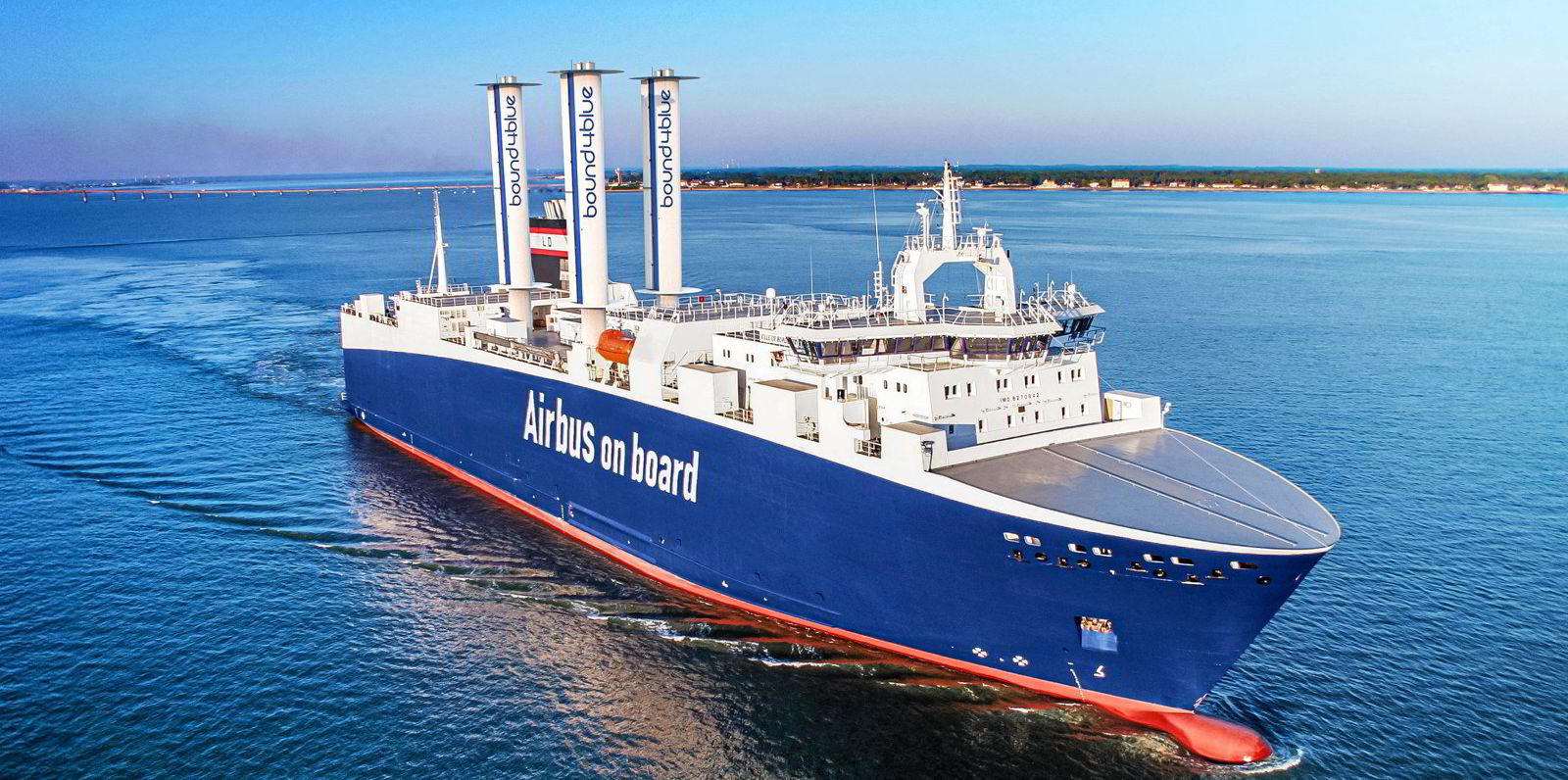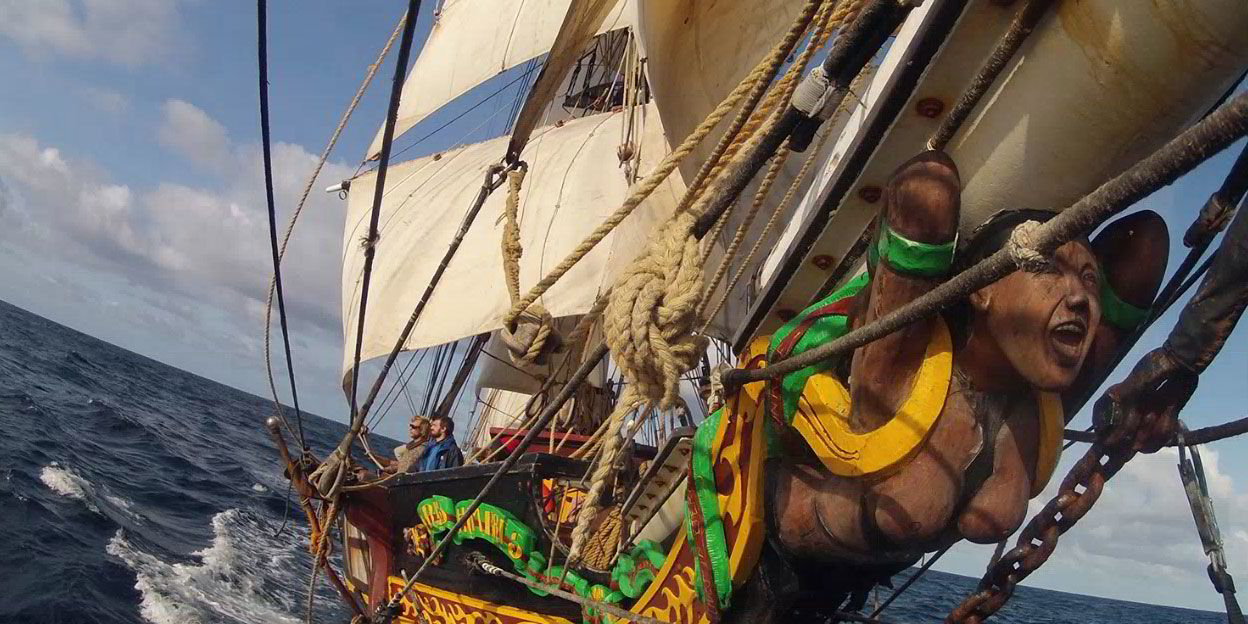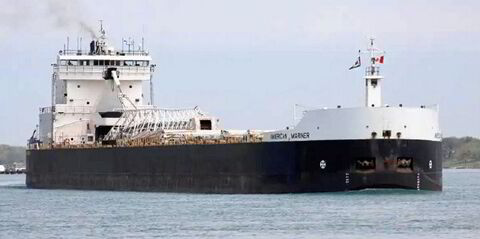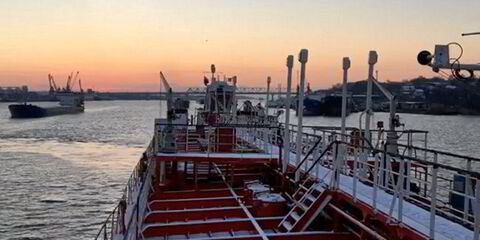Norsepower has won the largest single wind power order to date.
French shipowner Louis Dreyfus Armateurs will install the Finnish manufacturer’s rotor sails on three ro-ro newbuildings under construction and destined for charter to Airbus to shuttle aircraft components across the Atlantic.
Louis Dreyfus announced the Airbus contract last October, saying the vessels would be built with the option to use green methanol and have Flettner rotors installed.
The ro-ros are being built at Wuchang Shipyard, China for delivery in 2026. Each ship will have six 35-metre-tall rotors.
Norsepower chief executive Tuomas Riski told TradeWinds his company’s orderbook has begun to fill. It has its systems on seven vessels, and orders for installation on a further 16. This brings its pipeline to 40 units installed or confirmed on order.
The Louis Dreyfus orders will be the largest cluster of units on individual ships.
With most orders, from Norsepower or its competitors, shipowners have gone for single or potentially double system installations as the market warms to using wind propulsion. The occasional owner is opting to install four systems on a vessel.
The Louis Dreyfus ships will have a software system fitted to ensure the six rotor systems are deployed to maximum effect.
Each rotor will have a series of sensors to help monitor relative wind flow and thrust, to determine how they will be used to generate the greatest thrust.
Riski said that at times the rotors will be able to generate all the thrust needed to power the vessel.
Norsepower has opened its own factory in Dafeng, north of Shanghai, recognising the growing interest in the newbuild market.
The presence in China also helps position Norsepower close to shipyards to take advantage of the contractual relationship manufacturers have with the yards during construction.
“When it is ready, we are aiming at a capacity of 100 rotor sails a year from that factory,” Riski said, pointing to the drivers that are pushing up demand for energy-saving solutions.
“When I look at the market I recognise that regulation is important, also the forthcoming carbon trading or levy. But what is still very important is energy prices, including prices of future fuels, and the fourth driver is the big ESG pressure, which is doing good for the demand of our rotor sails.”
Read more
- ‘Without shipping there will be no car industry in Europe, no Airbus’
- Cleantech supplier Bound4blue secures debut newbuilding order for suction sail
- Wind assist pioneers storm into the new year with dozens of ships
- Airbus business backs Louis Dreyfus ro-ro newbuildings
- Louis Dreyfus to install bound4blue eSAILS on ro-ro fixed to Airbus





